Shaw captures the ancient art of ceramics in its versatile collection of ceramic and porcelain tile products. Seven of our porcelain tile collections are manufactured with the environment in mind. At Shaw Floors, we are committed to doing the right thing for the environment, and we partner with Eco-friendly suppliers who share in that commitment. Working with like-minded companies is crucial to creating a healthier ecosystem by reducing the amount of natural resources we consume. Learn More
Decorative Tile
Decorative Tile Guide

Redefining Spaces: The Art and Science of Decorative Tile Flooring
Introduction:
The realm of architectural and interior design has been profoundly influenced by the evolution of decorative tile flooring. Historically, these tiles served not just as a foundation for walking, but also as a canvas for artistic expression. From the ancient mosaics of Rome to the intricate patterns of Islamic art, decorative tile flooring has been a staple in architecture for centuries. In modern architecture and interior design, this historical art form has transformed, blending traditional craftsmanship with contemporary technology and sustainability.
Defining Decorative in the Context of Floor Tile:
Decorative tile flooring transcends mere functionality. It is a convergence of art and utility, where design elements are embedded into the very material of the flooring. These tiles are not just chosen for their durability but also for their aesthetic appeal, capable of transforming a space with color, pattern, and texture.
Material Properties and Sustainability:
Key to their appeal in modern design is the durability of decorative tiles. They withstand wear and tear, resist moisture and stains, and require minimal maintenance, making them a practical choice for busy environments. Moreover, their eco-friendly nature is increasingly relevant. Many decorative tiles are produced using energy-efficient processes, and their recyclability supports sustainable building practices.
Design Versatility and Aesthetics:
The versatility of decorative tile flooring is unmatched. Available in an extensive array of colors, patterns, sizes, and finishes, they offer architects and designers an unlimited palette for creative expression. This versatility enables the integration of tiles into various architectural styles, from minimalist to baroque, modern to rustic.
Technical Advancements:
Technological innovations in the manufacturing of decorative tile flooring have opened new horizons in customizability and design. Digital printing technologies, for instance, allow for intricate and precise patterns, expanding the potential for personalized and unique flooring solutions.
Application Diversity:
Decorative tile flooring finds its place in a wide range of settings. In commercial spaces, they add character and withstand heavy foot traffic. In residential areas, they offer a blend of beauty and practicality. Healthcare facilities benefit from their hygienic properties. Illustrative case studies demonstrate how decorative tiles have been employed innovatively, such as in the renovation of historical buildings or in cutting-edge sustainable architecture.
Performance and Functionality:
The functional benefits of decorative tile flooring are significant. Their water resistance makes them ideal for areas prone to moisture. The hygienic properties, including antibacterial surfaces, are crucial for healthcare and culinary spaces. Additionally, their suitability for high-traffic areas speaks to their robustness and longevity.
Sustainability and Environmental Impact:
Beyond their functional and aesthetic appeal, decorative tiles contribute significantly to sustainable building practices. Many tile products contribute to LEED certification and other environmental standards. The production process, often involving recycled materials, and the long lifespan of tiles, reduce environmental impact. Additionally, the health aspects of tiles, being free from harmful chemicals, align with green building specifications.
Cultural and Artistic Significance:
Decorative tiles hold cultural significance in various regions, embodying centuries of tradition. Contemporary designers are tapping into this rich heritage, blending traditional designs with modern aesthetics, creating spaces that are both culturally resonant and contemporary.
Cost-Effectiveness and Long-Term Value:
When considering cost versus benefits, decorative tiles present a compelling argument. Their durability and timeless appeal offer long-term value. In comparison with other materials, tiles often emerge as a more advantageous choice for their balance of cost, durability, and aesthetic versatility.
Conclusion:
In summary, decorative tile flooring is not just a design element but a versatile, sustainable, and practical solution for modern architecture and interior design. It is a testament to the synergy between tradition and innovation, aesthetics and functionality. As architects, interior designers, and facility managers look towards the future, the innovative potential of decorative tile flooring stands poised to shape new trends and redefine spaces in profound ways.
Disclaimer: The information provided in this article is for general informational purposes only. While we strive to ensure the accuracy and reliability of the information presented, we make no warranties, express or implied, about the completeness, accuracy, reliability, suitability, or availability with respect to the content. Any reliance you place on such information is strictly at your own risk. We recommend consulting with professionals for specific advice tailored to your project’s needs, particularly regarding building codes, regulations, and product specifications.
Under no circumstances shall we be liable for any loss or damage, including without limitation, indirect or consequential loss or damage, arising from the use of, or reliance on, the information provided in this article.
Decorative Tile
Top 6 Types of Decorative Tile
 Ceramic/Porcelain - 524 Borders/MedallionsBorders/Medallions: These designs add a signature touch to any tiled floor. Borders can frame a room, leading the eye and giving structure to the space. Medallions are intricate designs often placed at the center of a room as a stunning focal point. | |
 Ceramic/Porcelain - 497 Custom TilesFor those who desire a truly personalized space, custom tiles are an excellent choice. These tiles can be designed according to the precise specifications and preferences of the client, including color, shape, size, pattern, and material. Learn More | |
 Ceramic/Porcelain - 84 Hand-Made / Handcrafted TileHand-made tiles bring an artisanal touch to any space, lending a sense of uniqueness and authenticity. Since each piece is crafted by hand, subtle variations in color, shape, and size occur, creating an appealing texture and depth. | |
 Ceramic/Porcelain - 491 Handpainted/Art TileThese tiles showcase detailed, intricate designs that are hand-painted by skilled artisans. They can depict anything from abstract patterns to detailed landscapes, figures, or floral motifs. Handpainted tiles serve as individual pieces of art. | |
 Ceramic/Porcelain - 492 Silk-Screened Floor TilesSilk-screened tiles are made using a process that involves pushing ink through a mesh screen to create a design. This method allows for the reproduction of complex and intricate patterns, resulting in highly detailed and vivid designs. Learn More | |
 Ceramic/Porcelain - 525 Historical TilesFor those seeking to imbue their spaces with a touch of antiquity or nostalgia, historical tiles are an excellent choice. These tiles are often replicas of designs found in historical homes, buildings, or archaeological sites. |
Featured Brands
The Best 10 Decorative Tile Brands
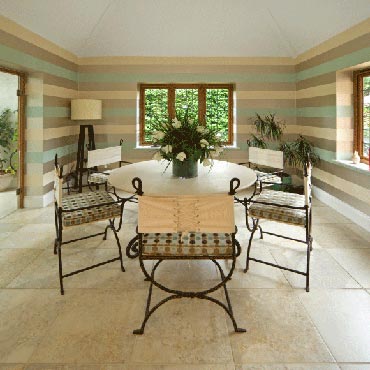
Shaw Tile Flooring
Profile | WebsiteShaw captures the ancient art of ceramics in its versatile collection of ceramic and porcelain tile products. Seven of our porcelain tile collections are manufactured with the environment in mind. At Shaw Floors, we are committed to doing the right thing for the environment, and we partner with Eco-friendly suppliers who share in that commitment. Working with like-minded companies is crucial to creating a healthier ecosystem by reducing the amount of natural resources we consume. Learn More
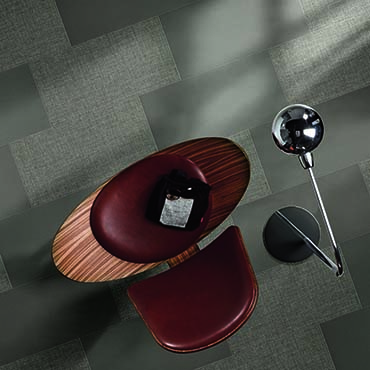
Daltile® Floor Tile
Profile | Website | Install | MaintainTransform any room with DalTile® Floor Tile. Available in porcelain, ceramic, and stone looks, DalTile offers durable, stylish, and easy-to-maintain flooring options perfect for kitchens, bathrooms, living areas, and high-traffic commercial spaces. Learn More
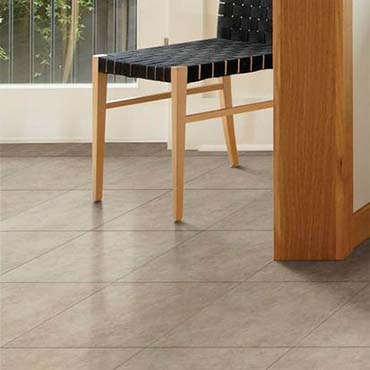
American Olean® Tile
Profile | Website | Warranty | GreenHome is where the heart is, and American Olean is the trusted choice for residential projects. With countless, on-trend design options, the versatility and durability of American Olean tile make it easy to produce stylish, modern designs anywhere in your home. Learn More
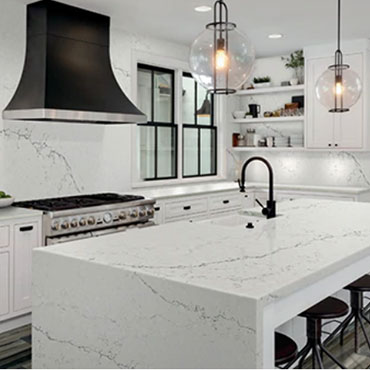
DalTile® Countertops
Profile | Website | Install | Maintain | BlogUpgrade your kitchen or bath with DalTile® Countertops. Choose from quartz, granite, and porcelain surfaces that offer stunning style, lasting durability, and easy maintenance—perfect for modern designs and timeless spaces alike. Learn More

Vitromex® Tile
Profile | WebsiteVitromex® is a mexican company that belongs to the Grupo Industrial Saltillo. Since its foundation in 1967 we manufacture ceramic coverings for floor tiles and wall tiles, as well as sanitary-ware with the highest quality standards. Learn More
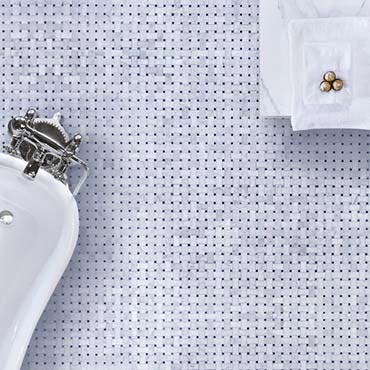
Bedrosians® Tile
Profile | Website | Warranty | MaintainAs an independent importer and distributor of ceramic tile, natural stone and allied products, Bedrosians has the pick of the lot when it comes to product selection and distribution. Bedrosians is continually striving to bring in new porcelain tile, mosaic glass tile and stone products that respond to the latest design trends. Learn More

Ragno USA Tile
Profile | Website | Tips | GreenRagno porcelain tile sends a definitive message about the tastes and design preferences of the owner – use it to make any space distinctly personal. Nearly limitless colors, shapes, textures, finishes, trims and decorative options free the imagination to customize any setting whether the preference is contemporary or rustic, elegant or casual. Ragno designs the latest worldwide trends in floor and wall fashions that stand ready for a creative imagination. Learn More
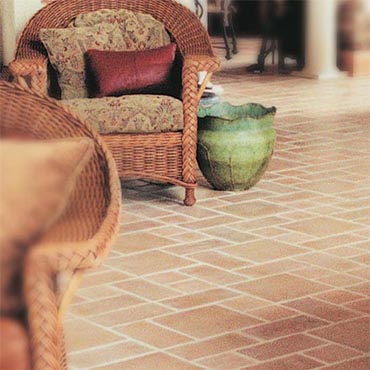
Seneca Tiles
Profile | WebsiteSeneca Tiles Inc., manufacturerand importer of distinctive ceramic tiles, invites you to experience our exciting collection of ceramic tile, available exclusively through leading distributors in North America Learn More

Original Style Tile
Profile | WebsiteOur company is one of Britain’s largest tile manufacturers, our products are available in over 55 countries and over 2000 quality retail shops worldwide. Original Style tiles have been used in such wide-ranging projects as Hollywood film star homes, Arabian mosques, from English country pubs to international opera houses. Learn More
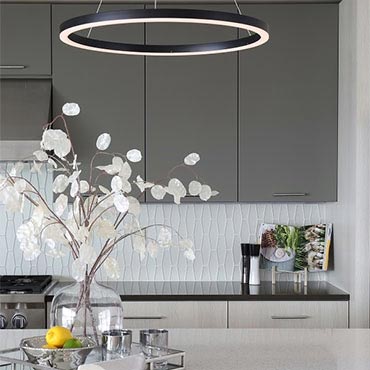
Sonoma Tilemakers
Profile | WebsiteOur rich textures, hand carved designs and fabulous color palette offer limitless design options. Learn More
Decorative Tile News
Latest Decorative Tile News
Ideology™...the timeless beauty of white marble with contemporary design. Available in three neutral colors, this refined ceramic tile collection has been updated with larger sizes, elegant geometric mosaics and decorative tiles... |
Ege Seramik Introduces the Salvador Collection...ildly popular. Our new collection brings all of this together!" The SALVADOR Collection consists of 24x48" fully polished, rectified wall tiles, which are then complemented with 13 x 39” decorative tiles in four unique designs and colors. Both field and decorative wall tiles are manufactured with the same state-of-the-art equipment and printing capabilities, providing the ... |
Homeowners Drive Growth for Decorative Tile... CLEVELAND, March 25, 2019 /PRNewswire/ -- US demand for decorative tile in flooring applications is forecast to climb 2.3% per year to 3.5 billion square feet in 2023. The residential market will support demand for decorative tile's use in flooring, as rising personal incomes will allow more homeowners to undertake such projects as the renovations of kitchens and bathrooms and... |
Decorative Tile...Timeless Elegance Meets Modern Chic: The Art of Decorative Tile in Interior Design Introduction to Decorative TileFrom ancient Roman mosaics to the intricate designs of the Alhambra, tiles have been a cornerstone in home decoration for centuries. Evolving from functional elements to key design features, decorative tiles today offer an unmatched blend of aesthetic... |










